This is a complete guide on how to use Obsidian as a Zettelkasten as a beginner.
It will show you exactly everything you need to know to get started.
In fact, I wish I had known all this information when I started using Obsidian notes back in 2021.
If you follow this simple guide step-by-step, you could have your own Zettelkasten set up in Obsidian straight after reading it.
Let’s dive into it.
Chapter 1:
What Is the Zettelkasten Method and How Does It Work?

A Brief History of Zettelkasten and Niklas Luhmann
Zettelkasten is a German word that stands for “slip box.”
Originally, it was the note-taking method used by Niklas Luhmann, a German sociologist. It is a system for organizing and storing information. It is based on the idea of putting all of your notes into a physical box, and let the structure emerge.
It heavily focuses on using backlinks instead of folders (or tags).
The system is designed to be flexible and scalable so that you can add or remove notes as necessary and most importantly come up with great idea connections.
It has been democratized with Sönke Ahrens’ bestseller: How to Take Smart Notes.
Niklas Luhmann started his Zettelkasten back in 1953, and he passed away at the end of the last century. Back then, computers weren’t democratized as today.
So the original version of Luhmann’s Zettelkasten was an analog slip box.
Here it is:

Tools like Obsidian allow you to take smart notes and replicate his note-taking system in digital format.
Are 99% Of Your Notes Going To Waste?
Let’s change that now!
✍️ Sign up for my FREE Email Course and learn how to Turn Your Notes Into Online Content & Monetize Your Expertise:
Your information is safe. You can unsub anytime.
Would Niklas Luhmann Have Used Obsidian?
We’ll never know.
Unfortunately, Niklas Luhmann passed away more than 20 years before Obsidian came out. So we can only speculate about this. But it’s safe to say that Mr. Luhmann would have been able to replicate his note-taking within Obsidian.
In fact, Obsidian has all the features (and even more…) he implemented in his analog slip-box.
Why start a Zettelkasten in Obsidian?
There is a myriad of tools out there to build a Zettelkasten.
So why choose Obsidian specifically?
Simply because it’s one of the best Zettelkasten apps out there.
Here’s why:
Obsidian is future-proof
Niklas Luhmann amassed over 90,000 notes for 48 years. So it’s safe to say his notes were his life’s work.
Why wouldn’t you want to approach your notes the same way? What if people after you could benefit from the knowledge you’ve amassed?
And even this may freak you out, you probably would still be able to access your knowledge 10,20 or 30 years from now.
This is when the concept of future proof comes into play.
Our environment is changing faster than ever. Software is no exception. What if the platform you choose today starts getting obsolete?
Remember Napster, AOL, or Myspace?
All these services/products vanished in a matter of months.
What could be more frustrating than losing your data (or not being able to access it)?
So picking the right Zettelkasten app is crucial. You want your data to be portable so that you can easily access and retrieve your notes in case the software vanishes.
Here’s where Obsidian shines:
Obsidian creates and reads markdown text files. In short, you can open any note with a simple plain text editor.
Text files have been around since the creation of the first computer.
This means that there is no proprietary file format behind it. Plus, given that those files are plain and simple, you can import them to other tools like Logseq or Remnotes.
Using Obsidian as your Zettelkasten app is the best way to ensure longevity in your notes.
Obsidian is free
I’m a business owner.
I understand that everything has a cost and that there’s no free lunch. Thus, I don’t mind paying for software if I get value from it.
Especially, given the fact that operating systems and digital environments evolve fast. Yet, the developers of any given app still need resources to keep things up to date. This is exactly why I bought Obsidian’s catalyst licence. It may not be a lot, but I know that those $50 supported the development:
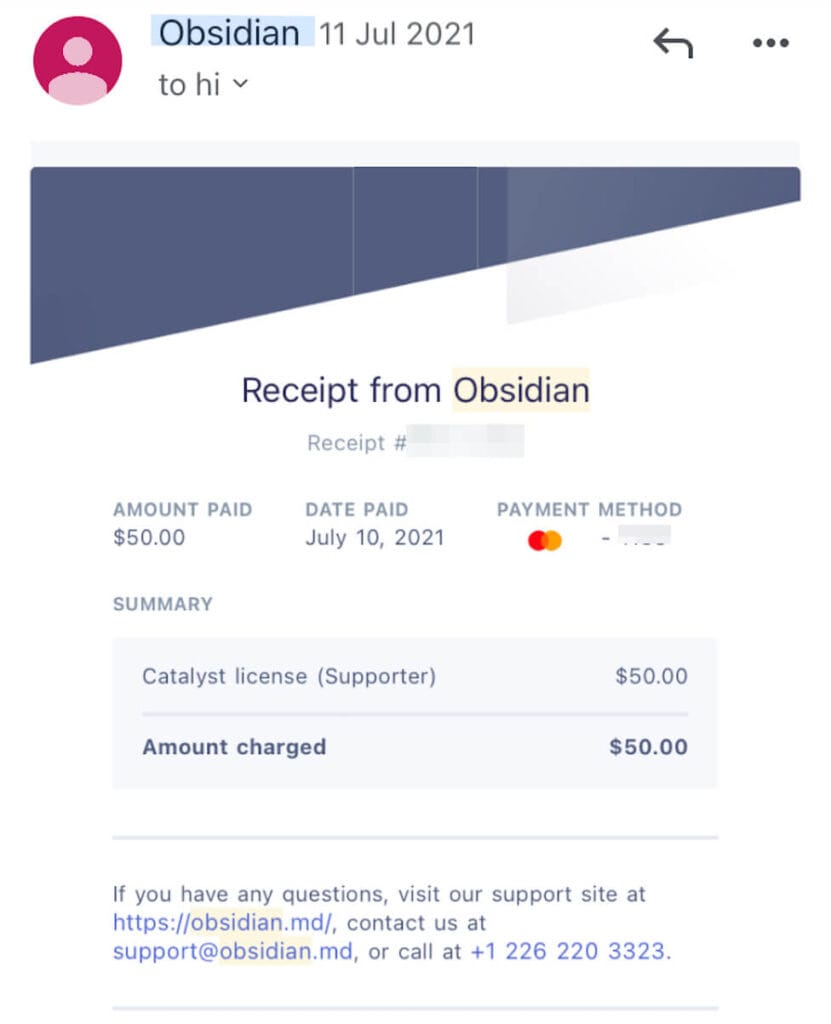
You may (or may not) think like me, and that’s okay.
And Obsidian allows you to get started for free. You don’t need to pay a penny to benefit from the complete software and community plugins.
You could even bypass their syncing service by using the cloud storage you already use, like Dropbox, Google Drive, or iCloud.
Obsidian is free, and this is exactly why you should give it a try to build your Zettelkasten.
Obsidian is a cross-platform Zettelkasten software
I’m locked in the Apple ecosystem.
This is why a lot of my content talks about Apple apps. But I’m not stubborn or stupid. I know that Windows is the most used Operating System in the world, with a whopping 76% market share and that Androids control 70% of the mobile OS market share.
So even if you have an iPhone, you may still be working on a Windows computer.
And when it comes to your Zettelkasten, you certainly want to access your notes on every platform you may be using.
This is where Obsidian shines (again).
Obsidian works on all major platforms. They have an Android and iOS app. And their website allows you to download the app for Windows, Mac, and Linux.
Obsidian is one of the best and most supported cross-platform Zettelkasten apps out there.
Obsidian works both online and offline
Deep work doesn’t happen online.
This is why you see so many productivity freaks using wifi and internet-blocking apps. Yet, most Zettelkasten apps like Mem, Roam, whatsoever, work online. I don’t like the fact that I need to be connected to the internet to browse my notes.
Obsidian works both on- and offline.
Simply be sure to sync your notes before you go bold on airplane mode.
So now that you know why you can’t go wrong choosing Obsidian as your Zettelkasten app let’s dive deeper into setting everything up.
Chapter 2:
Obsidian Zettelkasten Setup Guide
This section is all about implementing the Zettelkasten method in Obsidian.
For the purpose of simplicity and getting started quickly, I would encourage you to do the next steps of this guide using a computer. (You can always download the app later on your phone…)
Are 99% Of Your Notes Going To Waste?
Let’s change that now!
✍️ Sign up for my FREE Email Course and learn how to Turn Your Notes Into Online Content & Monetize Your Expertise:
Your information is safe. You can unsub anytime.
Where to download Obsidian Zettelkasten?
The first step to kick things off is to start downloading Obsidian. For that, simply head over to the official website: Obsidian.md
(Don’t freak out about the domain extension. It’s not an ex-Soviet underground hacker group. But simply a wink to the markdown (md) format Obsidian uses to format notes.)

Thanks to browser fingerprints, the website should detect the operating system you’re on. (If that’s not the case, pick the right OS). Click download.
Install the beast.
Congrats, now you’ve successfully downloaded Obsidian and are ready to start your digital Zettelkasten.
Creating your Obsidian vault
Remember when I said that Obsidian uses plain text files for your notes?
Well, the same goes for folders.
The main folder for your Zettelkasten is called your Obsidian vault.
You need to create a vault. This is where your Zettelkasten files will live:
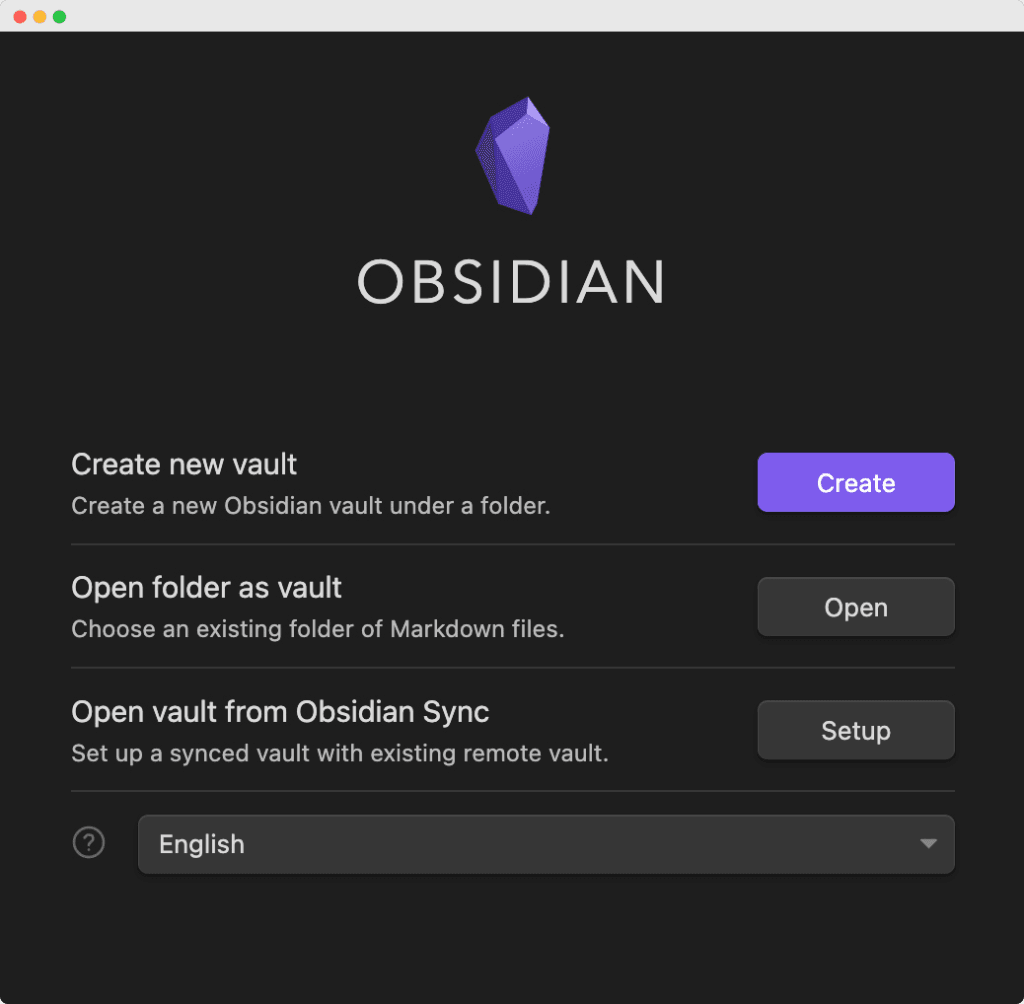
The name you give your vault doesn’t really matter, so it’s up to you how to name it. If you lack inspiration, simply name it: Zettelkasten.
(For setting things up, create your vault locally. You can always move it on the cloud later on. Remember: I want to get you off the ground by the end of this article!)
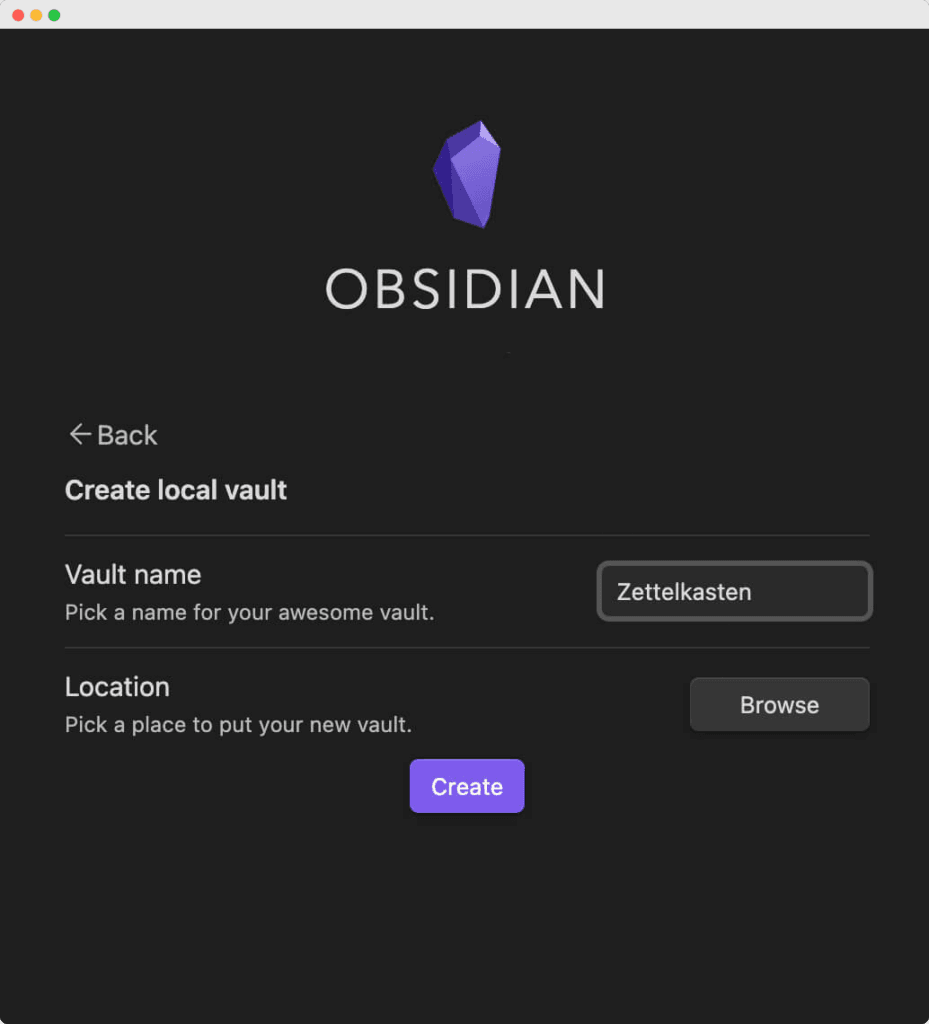
🎉 Congrats, your Obsidian Zettelkasten is now ready to use!
What Obsidian Zettelkasten Plugins do you (really) need?
Obsidian ships with great features out of the box.
Honestly, you can start your whole Zettelkasten journey without installing any additional plugin.
But as always, you’re going to see people showcase their cool plugins that every Obsidian user needs to install. I can’t blame them. Because shiny object syndrome is real!
But chasing the latest features and plugins keeps you busy working on the system and not in the system.
I hate digital clutter and feature creep.
So for the sake of getting started let’s forget about any additional plugins.
Obsidian works great out of the box.
Chapter 3:
obsidian zettelkasten workflow
Great.
Now let’s get started with notetaking within Obsidian.
Creating your first note (Zettel)
The value of your Zettelkasten resides in your notes.
So, let’s create your first note together.
To create a new file within your fresh new vault, go to file > new note.
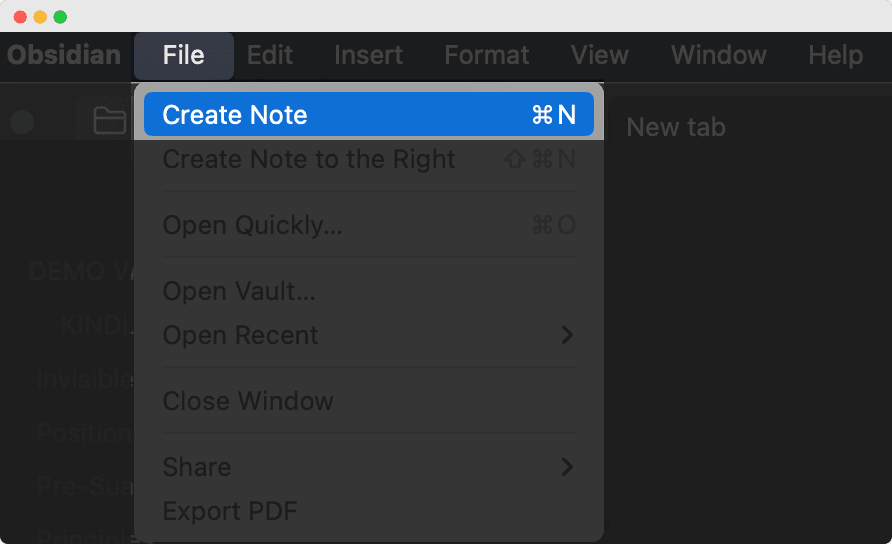
This creates a new note within your vaul.t
At the top, you can specify the name of your note.
Some Zettelkasten purists like to use unique identifiers or use complicated prefixes. I’m against that.
I like to summarize the idea the note contains in the title:
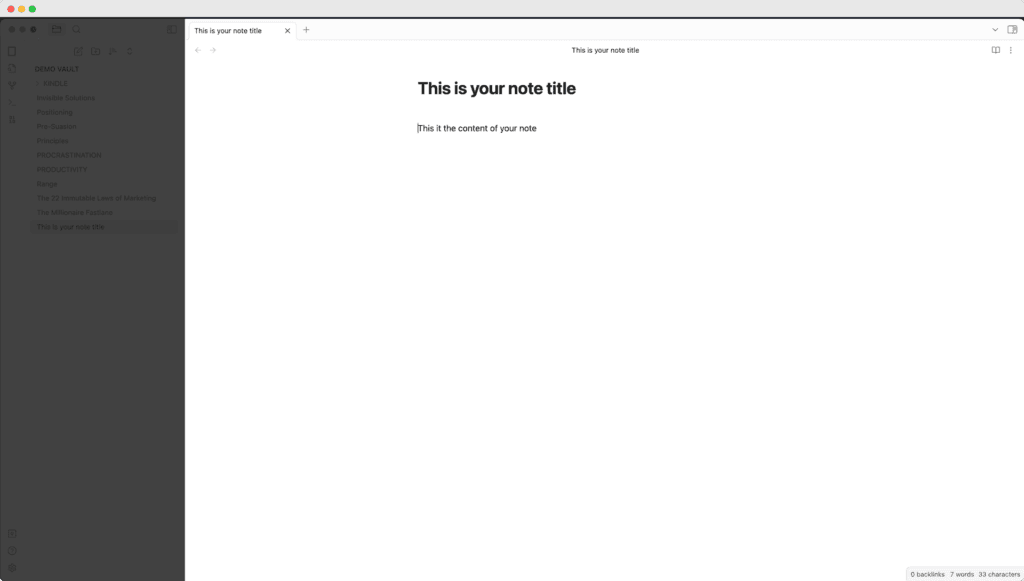
Now, in the editor, start typing the content of your note.
Keep in mind that Obsidian uses the markdown syntax to format your writing faster. If you want to master the basics of Markdown in 7 minutes check out my Obsidian 80/20 course.
Obsidian will store this newly created note directly within your vault.
You don’t need to save anything. Obsidian does this automatically for you.
🎉 Congrats on creating your first note!
Creating your first link in Obsidian
The purpose of a Zettelkasten is to connect ideas.
Your notes are nothing else than a bunch of ideas that simply wait to be combined. This is why the notes are called atomic. Because in the Zettelkasten, you break down the different ideas into their most essential parts.
The goal is to find related notes that you can link together. This is how new knowledge is created. Creative ideas are nothing else than idea combinations.
Creating notes also helps you to better understand the information you consume.
At first, you may be confused looking at the connections between notes. But this will rapidly vanish the more additional notes you add to your Zettelkasten.
So let’s put this concept into practice within Obsidian.
When creating a note, simply type two brackets:
[[Follow those 2 brackets by entering the name of the note you want to link to.
Let’s assume that I’m working on a note related to productivity. So creating a link to my Productivity note makes total sense.
I can simply type:
[[Productivity]]Obsidian will recognize this as a link to the note called “Productivity”.
In oder to have an effective Zettelkasten workflow you need to connect every note to another one. The goal is to not have orphan notes (i.e: notes without links)
Obsidian Zettelkasten folder structure
Obsidian allows you to create folders.
So a legitimate question to ask is what folder structure should you use?
There are many people who would recommend using Tiago Forte’s PARA or any other kind of folder structure. And let me tell you straight off the bat: I’m against all that.
Not because it may (or may not) work. Simply because it takes too much time to manage. (At least, in my experience.)
Remember that our goal of setting up a Zettelkasten in Obsidian is to spark new insights, clarify our thinking, and double down on our best ideas.
So we want to spend as little time as possible in managing the structure.
As a creative person, you’re an idea-maker, not an idea-manager!
When it comes to the Zettelkasten folder structure, don’t create a new folder.
I recommend starting with a FLAT structure. A flat structure implies that you start with no folder at all. This is how you truly replicate Niklas Luhmann’s Zettelkasten.
Remember that the word “Zettelkasten” is composed of two words: Zettel (notes) and Kasten (box).
All notes were contained in one giant box. This box is nothing else than your Obsidian vault.
You can always add folders later on in the process. But to start out, make things simple. Organizing your notes in Obsidian does not have to be complicated.
Start with a FLAT structure. Ditch folders.
Zettelkasten templates for Obsidian?
Some people use templates in Obsidian to kickstart their notes: may it be for taking booknotes or journaling.
There’s no right or wrong way. And it’s not an immutable science, but it is more about getting inspired.
You can check out Reddit or the Obsidian Forum to see what others are doing. But beware of frying your brain with overcomplicated productivity wizardry.
Again, I’m not a fan of overcomplicated templates.
Pro tip: I would encourage you to start taking notes with a proven workflow like you see here. Then start iterating it if needed down the road. As the saying goes: you have to understand the rules before breaking them.
Always remember that we want to work in the system, not on the system.
Luhmann’s original Zettelkasten worked because it was easy to maintain. Not because it was complicated. You should take this holistic approach, too.
Don’t get blinded and bogged down by 1 hour and 46 seconds complicated workflow walkthroughs.
Different types of notes (Zettels) in Obsidian
The book How to Take Smart Notes introduces several types of notes to include in your digital Zettelkasten.
Let’s take a closer look at them.
How to Take Fleeting Notes in Obsidian
A fleeting note is a note you capture on the fly.
It can be an idea, a thought, or a valuable quote. You want to capture ideas quickly as soon as they arise so that you make sure to not lose them.
Obsidian is not very good at capturing ideas quickly. (There are some workarounds, but they’re far beyond this beginner guide. Remember, I want to keep things simple so that you can have a functioning workflow by the end of this guide.)
This is why, I would encourage you to use a dedicated note-taking capturing tool.
You can’t go wrong using Evernote as a capture tool because its versatile. It works on every device and has a lot of integrations.
But you could also use Drafts, Bear, or Apple Notes if you’re on Apple. (Sorry, no big Android/Windows recommendations here except Evernote. Many people also use Microsoft One Note. Simply check what works for you!)
In this step, you simply copy and paste an idea verbatim into your inbox.
Now, you have a collection of fleeting notes that need to be processed.
The next step is to transform those fleeting notes into permanent notes.
How to Take Permanent Notes in Obsidian
Now that you have a bunch of fleeting notes, it’s time to add them to your Zettelkasten in Obsidian.
It’s time to create permanent notes.
The word permanent is here for a reason. Think of those notes as permanent residents of your Zettelkasten.
Technically speaking, Creating a permanent note is nothing else than described earlier in this guide when it came to “creating your first note.” You simply create a new note in Obsidian with the content of your fleeting note.
However, to create a great permanent note, the goal is to rewrite everything in your own words (also called the Feynman technique.)
Here’s an example:
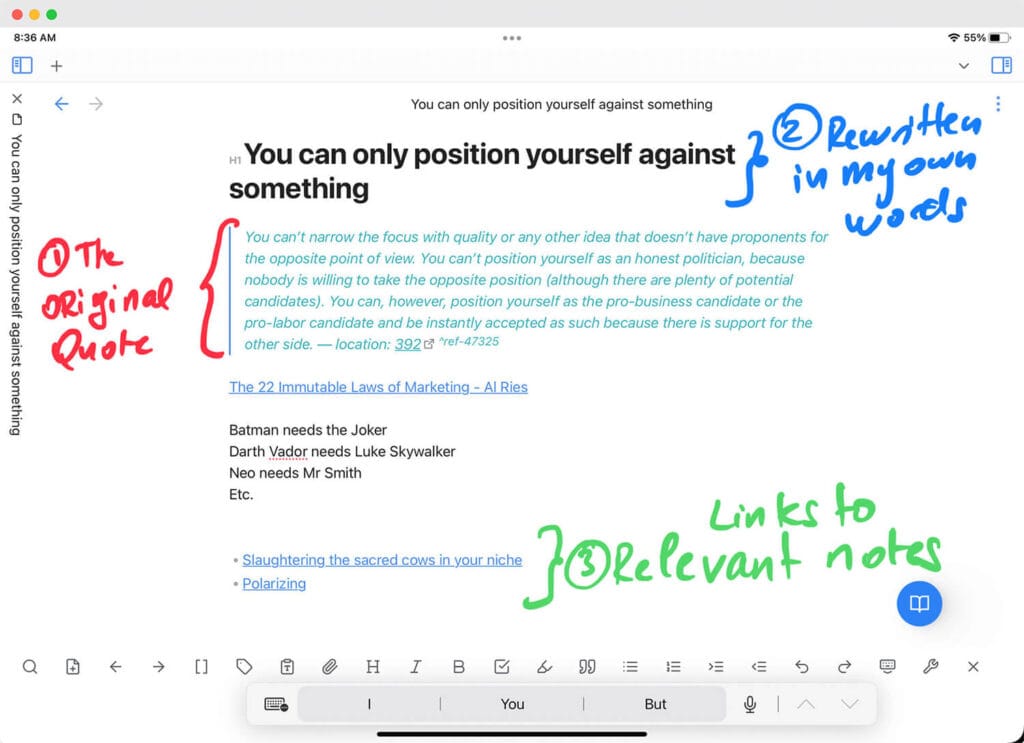
How to Take Literature Notes in Obsidian
Books are one of the best sources of knowledge.
This is why I love taking literature notes in Obsidian.
So instead of leaving my highlights slowly dying on Amazon’s cloud, I now distill my reads inside Obsidian and turn every idea I take from the book into a stand-alone note (i.e: permanent note)
The workflow I follow is quite simple:
1- Reading and highlighting (you don’t need a tutorial for that)
2- Importing your highlights into Obsidian using a third-party plugin
3- Distilling the information (rewriting/linking)
Here’s my detailed video workflow:
Now You Know Everything You Need to Get Started to Take Smart Notes in Obsidian…
But WAIT! 🤚
Would you like to go deeper and really level up your personal knowledge management (PKM) skills?
Don’t miss out on my free email course below.
You’ll learn even more powerful insights to take your note-taking and digital Zettelkasten to the next level.
⬇️ Scroll down, enter your email, and get the first lesson immediately ⬇️
